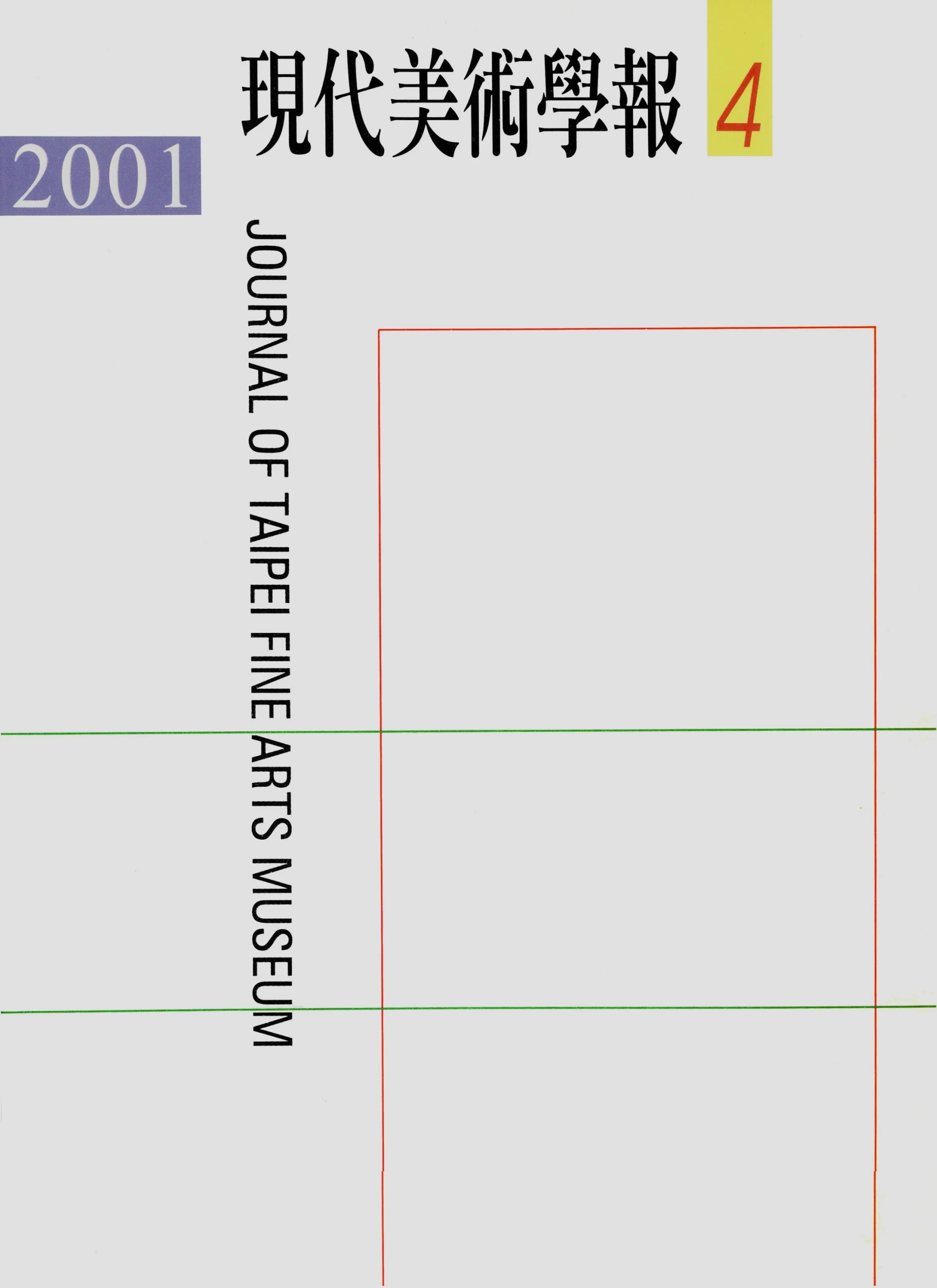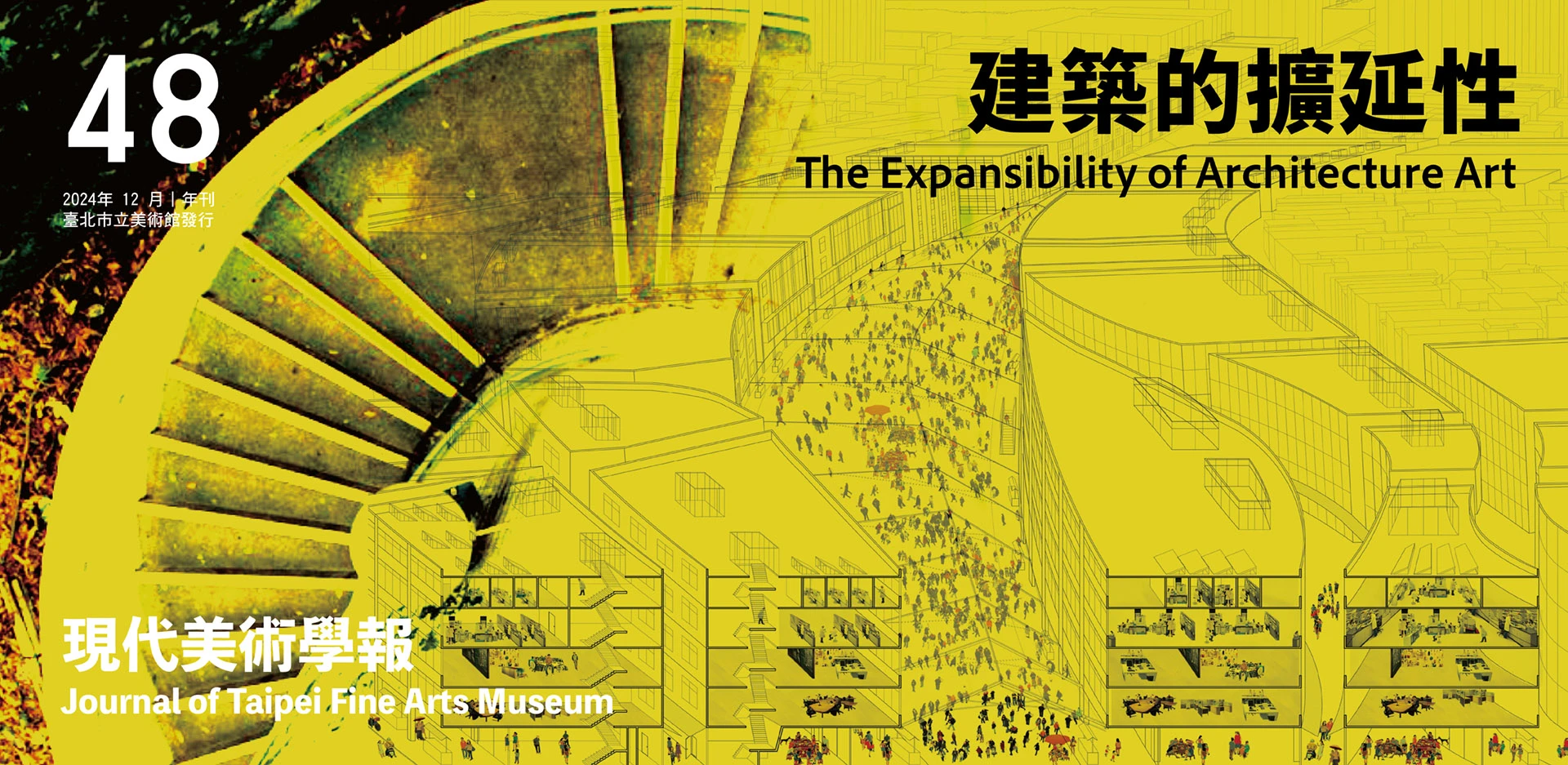摘要
在當代資本主義社會裡,我們生活在大眾傳播媒體所報導、宣傳和製造的文化之中。從書刊、廣播、電視和電影等傳統管道,演變到今日的網際網路、虛擬遊戲、社群平台等新興形式,媒體文化不斷提供新聞和娛樂,形塑輿論和流行趨勢,並且營造了虛實難辨的影像世界。媒體公司也經常透過贊助美術館的方式,參與甚至支配展覽的策劃走向,提升企業形象和商業利益。
就藝術發展而言,自從普普藝術借用新聞事件和消費文化的素材以降,當代藝術始終和媒體文化存在著複雜的對話關係。藝術創作與大眾媒體看似位居不同的文化位階,各具有不同的形成因素和社會效應,兩者之間仍然維繫著緊密的關聯。本期專號關注媒體文化的題材和技術,如何作為藝術家所挪用和轉譯的文本?藝術家如何運用或介入主流媒體,或建構另類媒體?在藝術推廣和行銷的過程中,媒體扮演甚麼角色?
鄭惠文和朱紀蓉的論文,著眼於藝術家和藝術機構如何策略性使用媒體功能,提高作品和展覽的話題性、能見度和影響力。例如,中國藝術家艾未未的社群媒體實踐,透過推特和部落格的便捷操作,迅速串連志同道合的多國網民,爭取對於人權和言論自由的公民發聲。此外,紐約大都會美術館的「中國:鏡花水月」特展,藉由時尚和電影之中充滿異國情調的視聽奇觀,擴增觀眾和營收,並吸引主流媒體和社群媒體的廣泛注目。
戴芃儀、陳蕉、Kathryn Brown的三篇論文,強調藝術作品的美學反思和記憶重演,揭示了影像的生產過程和敘事潛力,迥異於快速製造和淘汰的媒體影像。例如,1920年代的美國動畫家Winsor McCay,以業餘發明家和補丁匠般的手工操作,創造富含工匠技藝和實驗精神的動畫片。法國藝術家Pierre Huyghe的新媒體作品,則解析和轉譯社會新聞、卡通、動漫角色等通俗素材,重建為情緒張力飽滿的影片。英國藝術家Tacita Dean從舊時明信片的災難圖像,延伸為附有文字註記的劇情片分鏡,豐富了紀實攝影的虛構面向和後續生命。
當代藝術和媒體文化的相互依存,從李秀真的論文可見一斑。該文探討韓國當代藝術對於整型工業的批判和評論,並精確指出藝術作品亦為大眾文化的產物。本期六篇文章涵蓋歐美和中韓的個案研究,精闢闡釋媒體對於藝術發展的重要性,並清晰展現了當代藝術和媒體文化之間的互動、融合和差異。
Abstract
In the current capitalist society, we live in a culture covered, publicized and produced by the mass media. Evolving from traditional channels such as print, radio, TV and film to new forms like the internet, virtual games and social media platforms today, media culture provides news and entertainment, shaping public opinion and popular trends, and creating a world of images where fiction and truth are indistinguishable. Very often, through sponsoring museums, media companies influence or even determine the curatorial direction of exhibitions in order to enhance their company image and business interest.
In terms of the development of art, ever since pop art adopted news events and the consumer culture as their raw materials, contemporary art has engaged in a complex dialogue with media culture. Playing different cultural roles, art production and the mass media are shaped by different factors, and have different effects on society. However, there is still a close relationship between the two. This issue explores how the topics and technology of media culture are appropriated and adapted by artists, how artists employ or intervene into mainstream media, or create alternative media, and what role the media play in the promotion and marketing of art.
The essays by Cheng Hui-wen and Chu Chi-jung examine how artists and art institutions strategically manipulate the media to render their works and exhibitions more topical, visible and influential. One example is the social media practices of Chinese artist Ai Weiwei. Through the convenient use of twitter and blogging, he is able to rapidly lobby like-minded global netizens to speak out for human rights and freedom of expression. On the other hand, the special exhibition "China: Through the Looking Glass" at the Metropolitan Museum of Art in New Work used the exotic audio-visual spectacles of fashion and cinema to bring in more visitors and revenue, as well as draw the attention of mainstream and social media.
The three essays by Tai Peng-yi, Chen Chiao and Kathryn Brown respectively emphasize the aesthetic reflection of artworks and how they recall memoires, revealing the production process and narrative potential of images that differ from the rapidly manufactured and forgotten media images. For instance, in the 1920s, American animator Winsor McCay created highly crafted and experimental animated films by hand like an amateur inventor and tinkerer. French artist Pierre Huyghe's new media works borrow from banal subjects such as news, cartoons and anime characters to recreate films of great emotion and tension. By turning old postcards depicting disasters into storyboard-like images with film direction notes, British artist Tacita Dean endows documentary photography with a fictional dimension and extends its life.
SooJin Lee's essay offers a glimpse into the interdependence between contemporary art and media culture. While examining how contemporary Korean art critiques and comments on the plastic surgery industry, it also points out that artworks are the products of pop culture. The six case studies on European, American, Chinese and Korean art in this issue amply demonstrate the importance of the media for the development of art, as well as clearly show the interaction, integration and differences between contemporary art and media culture.





